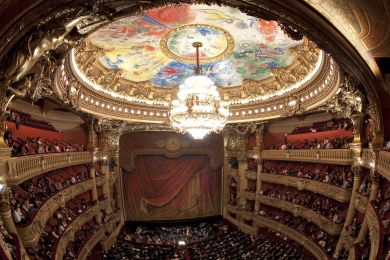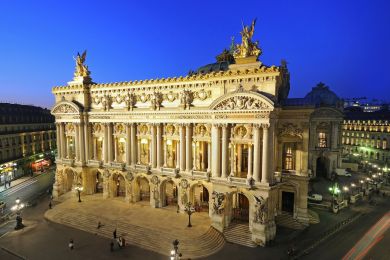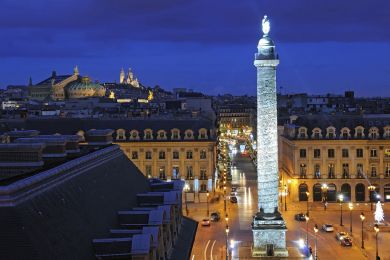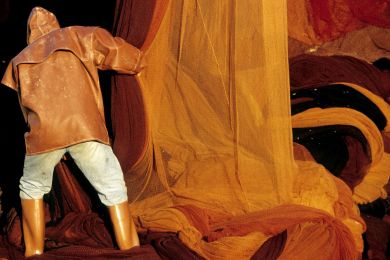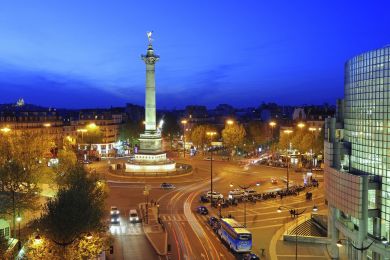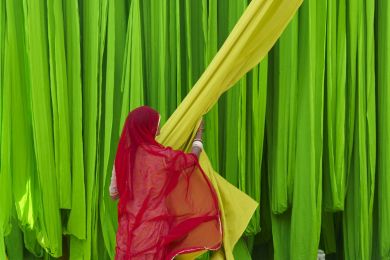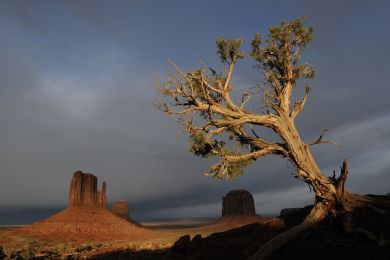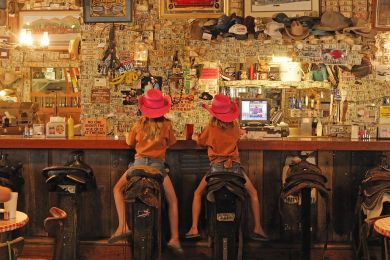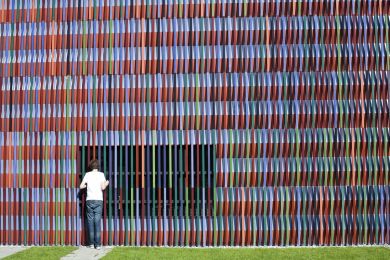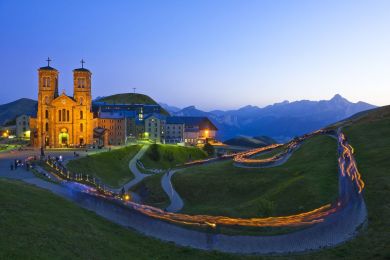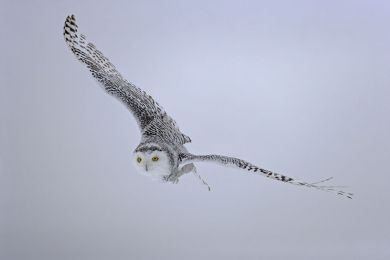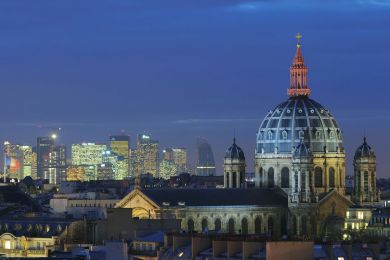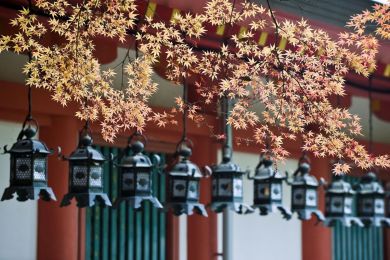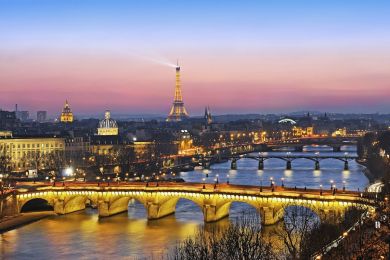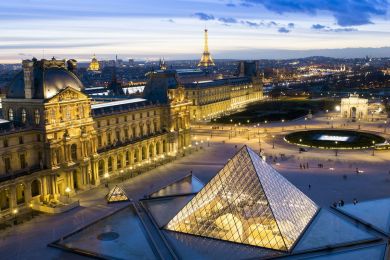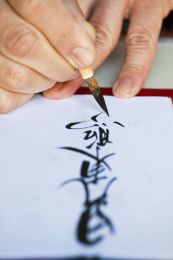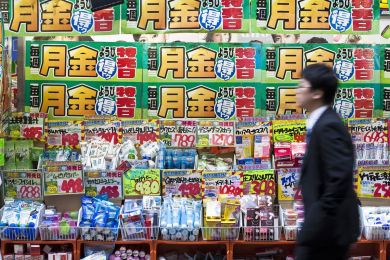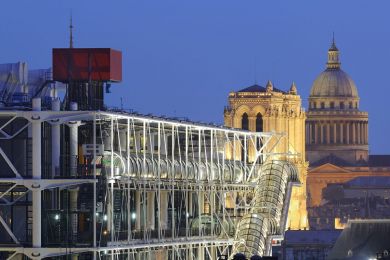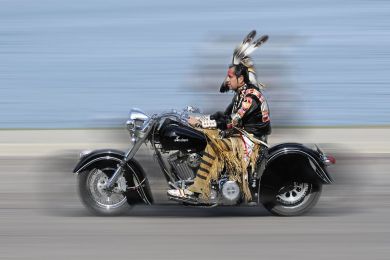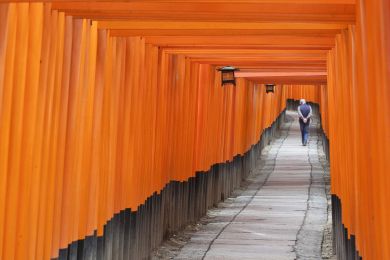By buying this product you can collect up to 155 loyalty points. Your cart will total 155 points that can be converted into a voucher of 31,00 €.
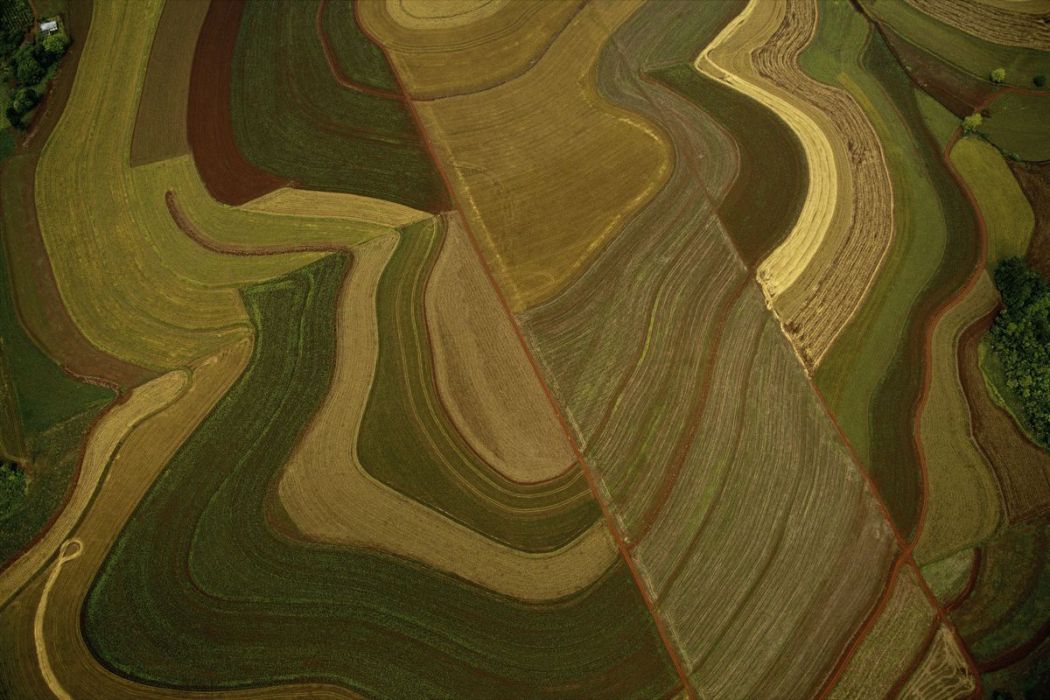 View larger
View larger
Picture information
Fields, Uruguay river, Argentine
Yann ARTHUS-BERTRAND
Art Photography by Yann ARTHUS-BERTRAND, planted fields on the banks of the Uruguay River, Missiones province, Argentina. This province in northeastern Argentina, named for the Jesuit missions founded here between the sixteenth and eighteenth centuries, was originally covered with tropical forests.
Data sheet
| Orientation | Landscape |
| Color | Green |
Fields, Uruguay river, Argentine
Yann ARTHUS-BERTRAND
Art Photography by Yann ARTHUS-BERTRAND, planted fields on the banks of the Uruguay River, Missiones province, Argentina. This province in northeastern Argentina, named for the Jesuit missions founded here between the sixteenth and eighteenth centuries, was originally covered with tropical forests.
Fine Art Photography
Print by Experts
100 % Made In France
A recognized expertise, a search of permanent quality.
Printed by a professional photographic laboratory.
All prints are made to order, controlled by the Technical Director.
A certificate of authenticity is provided with each photograph.
Framework made by selected materials to give you the best results. every step of the processing is monitoring by experts.
Loyalty points
Gift Card
Don't miss the opportunity to do the best present...
The whole Yann Arthus-Bertrand photos available with Hemisgalerie gift card.
Lets your guest choose the best image.
Amount from 50 €, create and download directly on our website, valid for one year including promotions.
The original gift for all events
More info
This province in northeastern Argentina, named for the Jesuit missions founded here between the sixteenth and eighteenth centuries, was originally covered with tropical forests. For nearly a century, however, European settlers transformed the landscape by deforesting a major portion of the territory in order to exploit the red land, which is rich in iron oxide and very fertile. Working along the contours of the land, leaving strips of grass between the furrows in order to reduce erosion, they developed various crops such as cotton, tobacco, tea, mate, sunflower, rice, and citrus. Since the end of the 1990s, the industrial cultivation of transgenic soy, resistant to herbicides made of glyphosate, became the most important plantation in Argentina, with nearly 19 million hectares. Nowadays, soy represents more than half of the cultivated soil in the country. In ten years, the consumption of herbicides made of glyphosates increased from 28 million liters to 200 million liters, while in the meantime 100.000 agriculturists were forced to abandon their farms.
















































